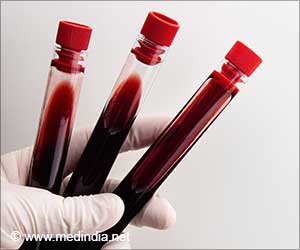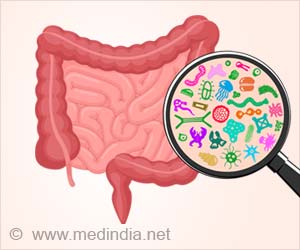A research has published evidence outlining the survival and identification of live porcine islet cells and insulin production in a human patient 10 years after receiving a pig islet cell transplant
Australia-based Living Cell Technologies (LCT) Limited has published evidence outlining the survival and identification of live porcine islet cells and insulin production in a human patient 10 years after receiving a pig islet cell transplant.
The scientific paper published in the March 2007 issue of the international journal Xenotransplantation outlines how LCT has demonstrated the long-term safety, viability and function of its encapsulated porcine islets in a human patient over an extended period of time, without the use of immunosuppression.In 1996, a 41-year-old diabetic was injected with LCT’s prototype diabetes product containing pig islet cells to help regulate his blood glucose levels and control of diabetes. The transplanted cells helped reduce the patient’s insulin requirement by 34 percent for over a year, which provided better control and overall well-being. By 2005, the patient’s glycated hemoglobin levels remained lower than the pre-transplant levels pointing to improved long-term control of blood glucose levels.
Ten years later, the patient suggested that he was still obtaining benefit from the transplant. LCT scientists assumed that the cells would not be alive or functioning after that period, but the patient convinced LCT scientists to organize for a laparoscopy to check. This resulted in finding both living and functioning pig islet cells in his abdomen.
“This has never been achieved before. It is a profound step forward for safe, effective and long term diabetes control and shows the ability for pig cells to survive inside a human for an extended period of time and without immune suppression,” said Prof Bob Elliott, LCT Medical Director.
Dr Christina Buchanan, a Biochemist from the University of Auckland and an expert in insulin, conducted the analysis to ensure that the insulin detected in the patient’s blood samples were unequivocally pig and not human insulin – the final proof of efficacy.
Dr John Court, a Diabetologist and Scientific Advisor to LCT, said, “This is only one patient’s experience but it does show that pig cells can survive at least 10 years in a micro-capsule coating and continue to release insulin into the patient’s bloodstream.”
Advertisement
LCT will be conduct trials of the DiabeCell pig islet cell transplant in patients in a phase I/IIa clinical trial in the second quarter of 2007. In addition, LCT is awaiting approval to conduct an additional trial in New Zealand this year with a different treatment protocol. Subsequent trials in the US or Europe are intended following initial results from these studies.
“This is strong evidence that LCT’s DiabeCell product holds significant potential to address the key issues of finding renewable donor cells and not using immunosuppression, as outlined in the National Institutes of Health (USA) and Juvenile Diabetes Research Foundation (JDRF) strategic plans,” said Dr Paul Tan, LCT’s CEO.
“LCT’s clinical trial program intends to test three different treatment regimens, in order to find the most appropriate, long-lasting and effective transplant possible,” Dr Tan said.
DiabeCell is a porcine pancreatic cell product for the treatment of insulin-dependent diabetes. The neo-natal pig cells produce insulin and help regulate blood glucose levels appropriate to the amount of glucose detected in the blood stream of the diabetic recipient. Extensive pre-clinical testing of DiabeCell in animal models has shown no adverse effects with any dose or repeated transplants, extended survival of the islets, a significant reduction in insulin requirements, and prolonged insulin independence in some individual animals.
Source- BioSpectrum
SRM/L






